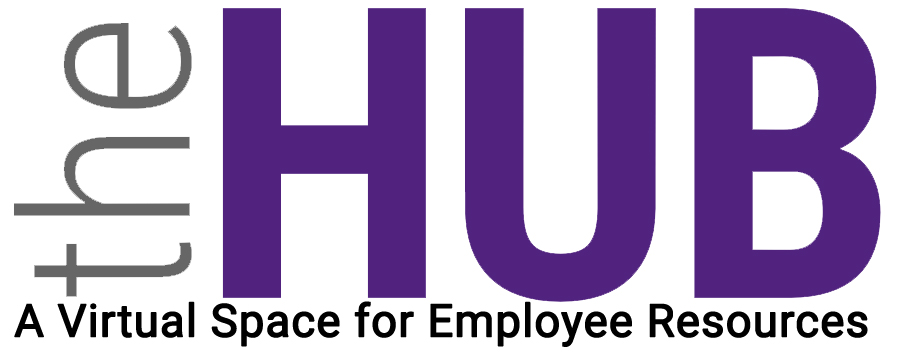Building Effective Teams
What makes an organization truly thrive? While we often recognize policies, procedures, and leadership structures, the hidden values and cultural norms within an organization shape how employees interact, make decisions, and experience their workplace.
At Montgomery College, our mission, vision, and core values influence everything from student support to faculty collaboration. Understanding organizational culture—both its visible and hidden elements—can help employees navigate and contribute to a positive, inclusive workplace.

Organizational Culture and Hidden Values: Understanding What Drives Workplace Success
-
What is Organizational Culture?
Organizational culture is often described as “the way we do things around here.” It consists of:
- Visible Elements: Workplace policies, meeting structures, dress codes, and leadership styles.
- Hidden Values: Unspoken expectations, traditions, power dynamics, and deeply held beliefs that shape decision-making and communication.
Renowned organizational psychologist Edgar Schein identified three levels of organizational culture:
- Artifacts – Visible structures, processes, and behaviors (e.g., office layouts, logos, dress codes).
- Espoused Values – Stated organizational principles and strategies (e.g., mission statements, official policies).
- Underlying Assumptions – Unspoken beliefs and values that truly guide behavior.
💡 Example: A college may promote collaboration, but if faculty meetings prioritize individual achievements over teamwork, the hidden culture does not fully align with stated values.
-
Montgomery College’s Mission and Values in Action
Montgomery College is guided by its mission, vision, and core values, which shape our workplace culture and influence daily interactions.
Our Mission:
“We empower our students to change their lives, and we enrich the life of our community. We are accountable for our results.”
Our Vision:
“With a sense of urgency for the future, Montgomery College will be a national model of educational excellence, opportunity, and student success. Our organization will be characterized by agility and relevance as it meets the dynamic challenges facing our students and community.”
Our Core Values:
✔ Excellence – Striving for the highest standards in education and service.
✔ Integrity – Acting ethically and responsibly.
✔ Innovation – Embracing change and new ideas.
✔ Diversity & Inclusion – Creating a welcoming environment for all.
✔ Stewardship & Sustainability – Managing resources responsibly for long-term success.
💡 Reflection: Think about how these values shape your daily work. Does the way we collaborate, communicate, and make decisions reflect these principles?
-
Leadership’s Role in Shaping Culture
Culture is not just what’s written—it’s what’s lived. Leaders play a critical role in modeling the culture they want to see.
Key Aspects of Leadership in Organizational Culture:
✅ “Tone at the Top” Matters – Leaders must demonstrate openness, honesty, and ethical behavior to foster a culture of trust.
✅ Ethical Expectations Guide Behavior – At MC, leadership upholds ethical principles such as accountability, fairness, and respect to build a workplace of integrity.
✅ Continuous Learning & Feedback – Encouraging employee growth through mentorship, coaching, and transparent feedback reinforces a healthy culture.
💡 Reflection: What behaviors from leaders create a positive culture? How can faculty and staff reinforce these values in their teams?
-
Equity and Inclusion: Uncovering Hidden Biases
A truly inclusive organizational culture requires awareness of hidden values that can unintentionally reinforce biases.
Common Cultural Barriers to Inclusion:
🚧 Unspoken Power Structures – Who gets to speak in meetings? Are all voices heard equally?
🚧 Implicit Biases – Are certain ideas dismissed because of who presents them, rather than their merit?
🚧 Limited Representation – Does leadership reflect the diversity of employees and students?
How to Promote an Inclusive Culture at MC:
✔ Encourage Diverse Perspectives – Create spaces for open dialogue and differing viewpoints.
✔ Challenge Unconscious Bias – Participate in bias training and self-reflect on decision-making patterns.
✔ Celebrate Diversity in Action – Recognize and promote diverse voices through mentorship, leadership opportunities, and inclusive hiring practices.
💡 Reflection: What steps can you take to actively support a culture of belonging in your department?
-
Aligning Personal Values with Organizational Culture
A healthy workplace culture allows employees to connect their personal values with the organization’s mission.
Self-Reflection Questions:
🟢 What aspects of Montgomery College’s mission resonate with you?
🟢 Do your daily actions reflect the college’s core values?
🟢 How can you contribute to a more positive and inclusive culture at MC?
✅ Action Step: Commit to one specific behavior this month that aligns with MC’s values—whether that’s mentoring a colleague, speaking up in a meeting, or seeking professional development.
Final Thoughts: Culture is Built Together
Organizational culture is not just about leadership—it’s about all of us. By understanding both visible and hidden values, employees at Montgomery College can help create a workplace of integrity, collaboration, and inclusivity.
📌 Want to learn more? Explore additional organizational culture training, leadership workshops, and equity resources on The Hub’s Employee Development Section.
Contact Us
Whether you have questions, feedback, or need assistance, feel free to reach out to us. Our team is here to help and will get back to you as soon as possible. Please fill out the form, and we’ll be in touch shortly!
